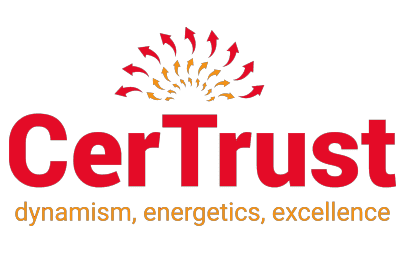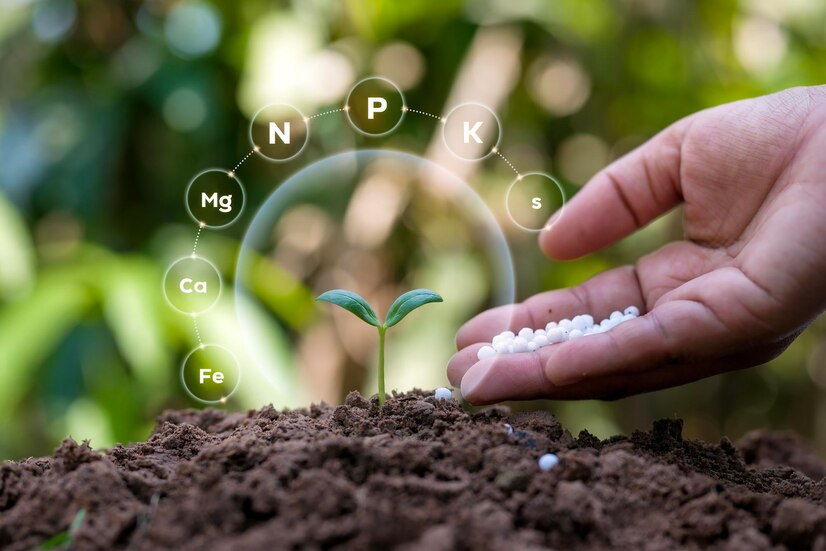The agricultural industry has come a long way from traditional fertilizer use to modern regulations that guarantee environmental safety and quality control. Zsuzsanna Németh, an inorganic fertilizer expert and auditor, provides insight into the history of fertilizer production and the current state of increasingly stringent standards.
Historically, fertilizers have been a mainstay of agricultural productivity. Initially, they were derived exclusively from natural sources such as animal manure and mined materials, but with the development of science, synthetic fertilizers emerged and revolutionized agriculture. Zsuzsa Németh explains: “While traditional fertilizers were mostly organic in origin, synthetic fertilizers offered a more controlled and efficient way to supply nutrients to plants.” These products enabled higher yields and more consistent quality in agricultural practices.
The main components of fertilizers
The primary role of fertilizers is to provide essential nutrients for plant growth. Zsuzsa details the main components: nitrogen, phosphorus and potassium, as the primary macronutrients, and the secondary macronutrients such as calcium, magnesium and sulphur. Micronutrients such as boron, zinc, copper, iron, molybdenum and manganese also play a key role in supporting the proper development of plants. The presence and amount of these macro- and micronutrients determines how effective a fertilizer is under different soil and plant conditions.
Organic fertilizers from natural sources and inorganic fertilizers, which are often chemically synthesized, serve different purposes. “Both have their advantages,” notes Zsuzsa. “The choice depends on the specific crop, soil type, environmental factors and availability.” In addition to providing nutrients, organic fertilizers also improve soil structure, while inorganic fertilizers are available in significantly larger quantities in a wide range of formulations tailored to the nutrient supply of the soil.
The role of soil in fertilizer application
Zsuzsa emphasizes that the condition of the soil has a significant impact on the effectiveness of fertilizers. “Soil testing is essential to identify nutrient deficiencies and select the right fertilising product.” Understanding local soil conditions ensures that fertilizers are used optimally, minimizing waste and environmental damage.
Modern fertilizer use is not without challenges. Overapplication can lead to nutrient leaching, which causes environmental problems such as water pollution. Zsuzsa highlights innovations such as inhibitors that improve the nutrient release properties of fertilising products. Furthermore, biostimulants, which, among other things, increase the nutrient utilization of plants, their stress tolerance, the uptake of nutrients bound in the soil, thereby improving efficiency and reducing environmental risks.
Regulatory developments in the European Union
In 2019, the European Union introduced the Fertilizer Product Regulation (EU) 2019/1009 (FPR) to standardize the quality of fertilizing agents and regulate their use regarding food safety. “This regulation extended its scope to the use of recycled or organic materials. The regulation also covers those materials that improve nutrient utilization,” explains Zsuzsa. It also formulated strict environmental safety requirements, ensuring that fertilizing agents meet the high demands set in the member states.
According to the FPR, fertilising products must meet strict assessment criteria to receive the CE marking, which guarantees compliance with Regulation (EU) 2019/1009. Zsuzsa explains: “The CE marking involves rigorous testing, including testing for nutrients, contaminant content and general safety.” This ensures that only high-quality products are put on the market.
Organisations such as CerTrust play a key role in assessing compliance. Zsuzsa explains: ‘We assess fertilisers from manufacturers inside and outside the EU to ensure compliance with regulatory requirements.’ Depending on the product classification category, this includes an audit of the manufacturing quality management system, a thorough documentation review, and laboratory testing to verify product compliance.
Global cooperation in fertilizer assessment
The demand for CE marking extends beyond the EU, with manufacturers from Asia, Africa and the Americas also seeking certification to enter the European market. Zsuzsa notes that transport costs often limit global competition, but the need for compliance is driving innovation worldwide.
The future of fertilizers lies in balancing productivity and sustainability. As regulatory frameworks evolve, the focus will continue to be on reducing environmental impacts and meeting the growing demand for agricultural products. Zsuzsa concludes: “Fertilising products are not only about yield, but also about creating a sustainable future for agriculture.”


